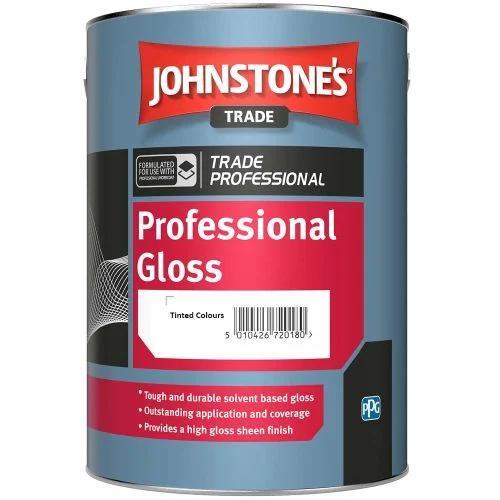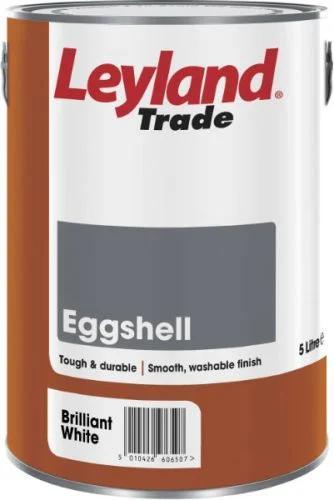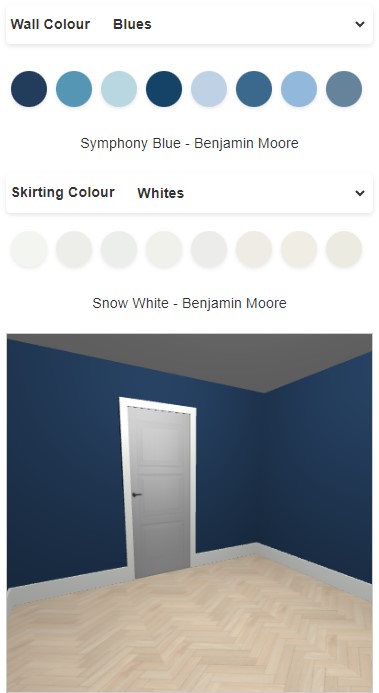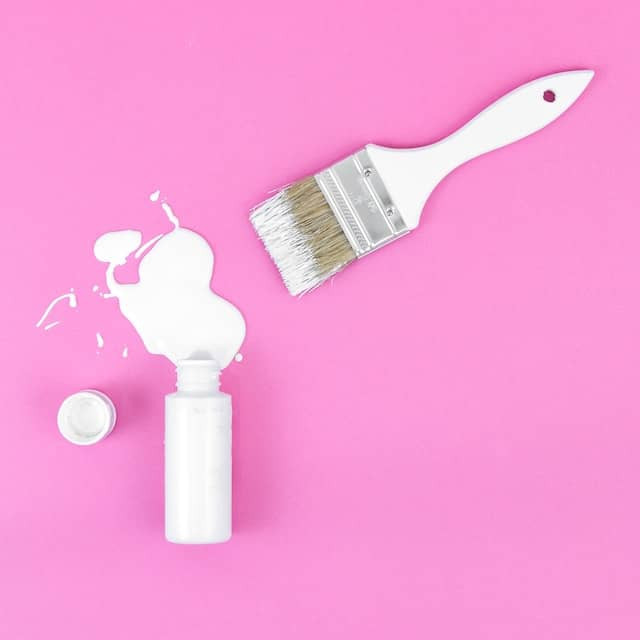
The Best Paint For Skirting Boards 2025 | Visualiser & Interactive Guide
Posted by Skirting World on 15th Apr 2025
2025 Skirting Board Paint Ranking & Guide
Quick Summary: Best Paint For Skirting Boards
Best Overall: Dulux Diamond Satinwood
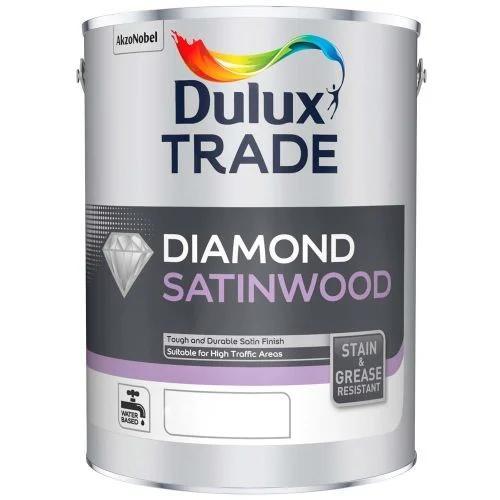
Key Features:
- Water-based formula
- Excellent coverage and durability
- Low VOC emissions
- Resistant to yellowing
Perfect balance of aesthetics and performance for modern homes.
View ProductBest Gloss: Johnstone's Professional Gloss
Ideal for achieving a high-shine, durable finish in high-traffic areas.
Perfect for: Traditional interiors, highlighting architectural details
Best Eggshell: Leyland Acrylic Eggshell
Excellent choice for a modern, subtle sheen that hides imperfections.
Perfect for: Contemporary spaces, creating a soft, sophisticated look
Choosing The Best Paint For Your Skirting Boards
Selecting the right paint for your skirting boards is crucial for achieving a polished, cohesive look in your home. This comprehensive guide will walk you through everything you need to know about choosing the best paint for your skirting board in 2025.
Did you know? The type of room plays a significant role in your paint choice. Bathrooms and kitchens may require moisture-resistant paint for optimal performance and longevity.
Factors to Consider When Choosing a Paint Finish
- Paint Reflectiveness/Sheen: The sheen level affects how light interacts with your skirting board. Gloss finishes reflect more light, making spaces appear brighter and larger, but they also highlight imperfections. Matte finishes absorb light, creating a softer look that's forgiving on uneven surfaces.
- Interior Aesthetic: Your choice of finish can dramatically impact your room's overall look. Gloss finishes add a traditional, formal touch and highlight architectural details, making them ideal for period homes. Satin or eggshell finishes offer a more contemporary, subtle elegance suitable for modern interiors.
- Maintenance & Longevity: Higher sheen finishes (like gloss) are generally easier to clean and more durable, making them suitable for high-traffic areas. However, they may show wear more visibly over time. Matte finishes are less durable but can be touched up more easily without the entire surface needing repainting.
- Durability: Consider the level of wear and tear your skirting boards will face. For areas with high foot traffic or potential impact (like hallways or playrooms), opt for more durable finishes like gloss or satin. Less trafficked areas can use softer finishes like eggshell.
- Surface Imperfections: If your skirting boards have noticeable imperfections, a lower sheen finish like eggshell or satin will help conceal these flaws. Gloss finishes, while beautiful, tend to highlight every bump and dent.
Pro Tip: Ensure the surface of your skirting board is clean and smooth before painting. For best results, lightly sand existing skirting boards and use a primer, especially when changing from a darker to a lighter colour or from oil-based to water-based paint.
Most Popular Paint Finishes for Skirting Boards
Satin Finish
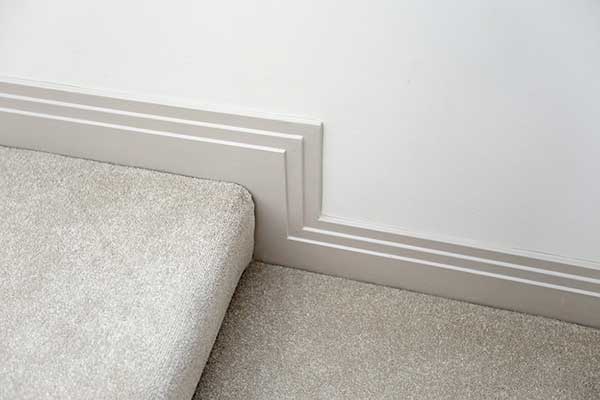
A semi-gloss finish that's not as shiny as gloss but not as matte as eggshell. Perfect for modern interiors and complementing bold colours.
Best Pick: Dulux Diamond Satinwood
Gloss Finish
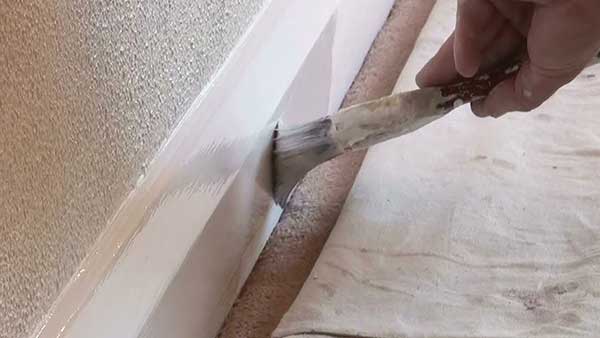
A high sheen, reflective finish known for its durability and hardwearing characteristics. Ideal for high-traffic areas.
Best Pick: Johnstone's Professional Gloss
Eggshell Finish
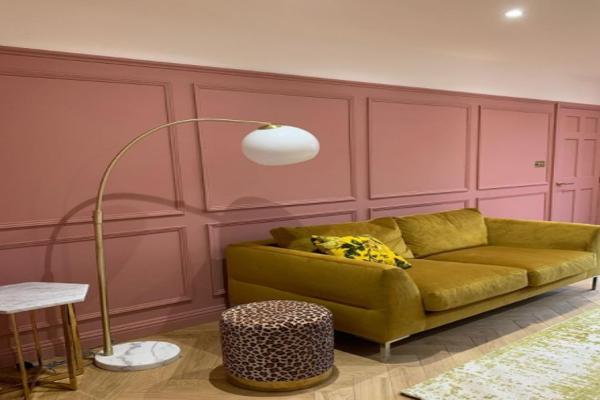
A matte finish with very little to no sheen. Becoming popular in shabby chic interiors and areas with above-average foot traffic.
Best Pick: Leyland Acrylic Eggshell
Interactive Paint Finish Comparison
Compare the visual differences between gloss, satin, and eggshell finishes on skirtig boards unnder various lighting conditions.
Water vs Oil-Based Paint
Water-Based Paint
- Low emissions of VOCs
- Easy to clean
- Dries quickly
- Good adhesion and durability
Best for: Environmentally conscious homeowners and quick renovation projects
Oil-Based Paint
- Longer lifespan and durability
- Smooth and shiny finish
- Suitable for high-traffic areas
- Resistant to stains and moisture
Best for: High-traffic areas and achieving a traditional, glossy finish
Choosing The Right Colours For Your Skirting Board
- Consider the overall design and colour scheme of the room
- Factor in the lighting of the space
- Take into account the style and age of the building
- Consider the skirting board material and finish
- Consider conforming to a colour palette
- Test the colour before applying
- Make an informed decision
Trend Alert: While white remains popular, many homeowners are experimenting with bold colours like black and grey for their skirting boards to create striking contrasts and modern aesthetics.
The Best Paint For Skirting Boards And Door Frames
Our Top Pick: Dulux Diamond Satinwood
- Water-based satin finish
- Offers the best of gloss and eggshell
- Hard-wearing finish suitable for modern interiors
- Easy to clean and moisture-resistant
Perfect for skirting boards, door frames, architraves, and all trim mouldings.
Frequently Asked Questions
Is There a Specific Skirting Board Paint?
While there isn't a paint specifically made for skirting boards, some paints are designed to be resistant to knocks, scuffs, and scratches. These are ideal for high-traffic areas where skirting boards are prone to wear and tear. If your skirting boards are made of MDF, you can choose an MDF specific paint.
Does This Apply to Other Woodwork Around The Home?
Yes, the information in this guide can be applied to other interior woodwork such as door frames, architraves, and window boards. The principles of choosing the right paint finish and colour remain consistent across these elements.
Can I Use Normal Paint For Skirting Boards?
The suitability of paint depends on the material of your skirting boards. For MDF skirting boards, standard wood paint works well. However, it's important to choose a paint with properties suited to the environment (e.g., moisture resistance for bathrooms). Be cautious with water-based paints on MDF, as they can cause swelling.
What Should You Paint Skirting Boards With?
The choice of brush or applicator depends on your skirting board's shape. Use a 2-inch brush for general coverage, a 1-inch brush for corners, and a mini-roller for flat sections. For water-based paints, opt for brushes with synthetic bristles for even application.
How To Paint Skirting Boards With Carpet Down?
There are several methods for painting skirting boards:
- Use painter's tape to protect the carpet edge.
- Pull up and fold back the carpet, then replace it after painting.
- Use a carpet protector roll to prevent paint spills.
Skirting Board Colour Visualiser
Use our Skirting Board Colour Visualiser to experiment with real paint colours from Dulux, Sherwin Williams, and Benjamin Moore in real-time. See how different shades will look in your space before making a decision.
Try It NowConclusion
Choosing the right paint for your skirting boards is crucial for achieving a polished, cohesive look in your home. While we recommend Dulux Diamond Satinwood for its versatility and durability, the best choice ultimately depends on your specific needs, preferences, and the unique characteristics of your space.
Remember to consider factors such as the room's purpose, lighting conditions, and your overall interior design scheme when making your decision. Don't be afraid to experiment with colours and finishes to create a look that truly reflects your personal style.
Whether you're renovating your entire home or simply refreshing your skirting boards, we hope this guide has provided you with valuable insights to make an informed decision. Happy painting!








